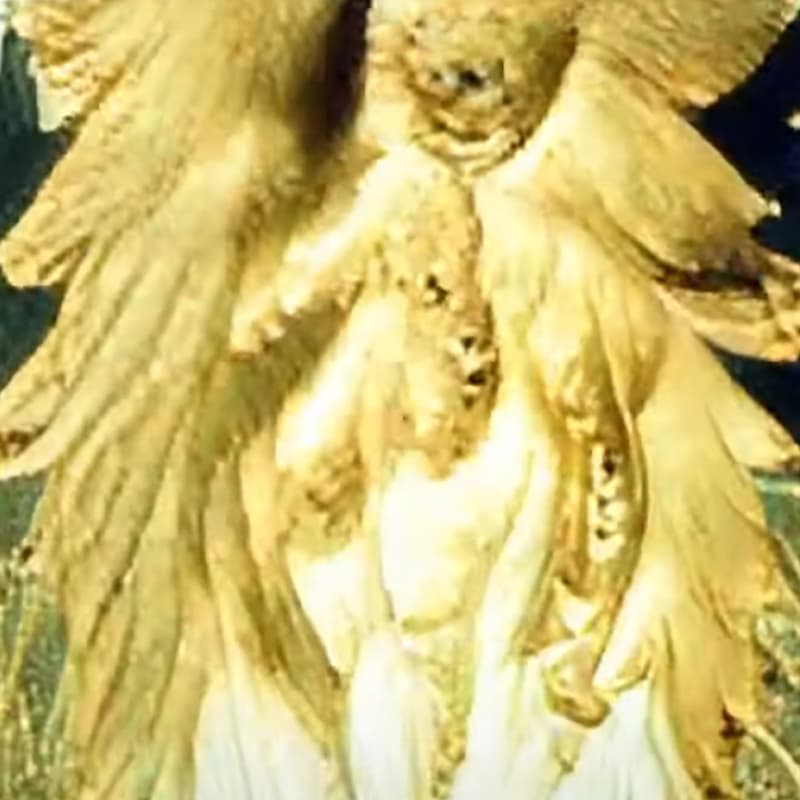
AI is smart, and can be made even smarter with more and better data. While there are black boxes people still don't understand, AI can still mesmerize.
Researchers use a variety of data to teach and train their AIs. One of which, include poems. Using that form of literature, researchers hope that AI can understand grammar, rhythms, qualities of languages that include phonaesthetics, sound symbolism, metre, and more.
Google built an AI that allows users to compose poetry, and so did Microsoft that built one on its own to covert images into Chinese poems. OpenAI also made one to help users create poems.
This time, computer artist and animator Glenn Marshall trained an AI using poems, in order for it to be able to create visualizations for the poems.
Based on ‘In the Bleak Midwinter’ from English 19th-century writer Christina Rossetti, the AI has some disturbing things to show.
In the bleak midwinter
Frosty wind made moan
Earth stood hard as iron
Water like a stone
Snow had fallen
Snow on snow on snow
In the bleak midwinter
Long, long ago
Angels and Arc Angels
May have traveled there
Cherubim and Seraphim
Thronged the air
But only his Mother
In her maiden bliss
Worshiped the beloved
With a kiss
What can I give him?
Poor as I am
If I were a shepherd
I would give a lamb
If I were a wise man
I would do my part
But what I can I give him
Give him my heart
Give him my heart
While the visualization is far from the most sophisticated animations, not of high quality, and rather low-resolution, the visualizations are the main highlights, as they are uncanny, dreamlike, and psychedelic.
Marshall has used the 'Story2Hallucination' library to convert words into the video, and for the narration, Marshall used the 'vo.codes' tool to borrow the late Christopher Lee’s voice.
The result is an AI that is capable of imagining things.
Humans have all the senses they need to understand their surroundings. For example, they have eyes to see, and ears to hear. With the senses, humans can easily imagine something out of nothing, from just reading or hearing a phrase or sentence.
Computers however, don't have that luxury.
The knowledge they have about the world and its entirety, is based only on they've been trained on.
In this case, "seeing is believing" does not apply to AI, because AI can imagine things without having to see them.
